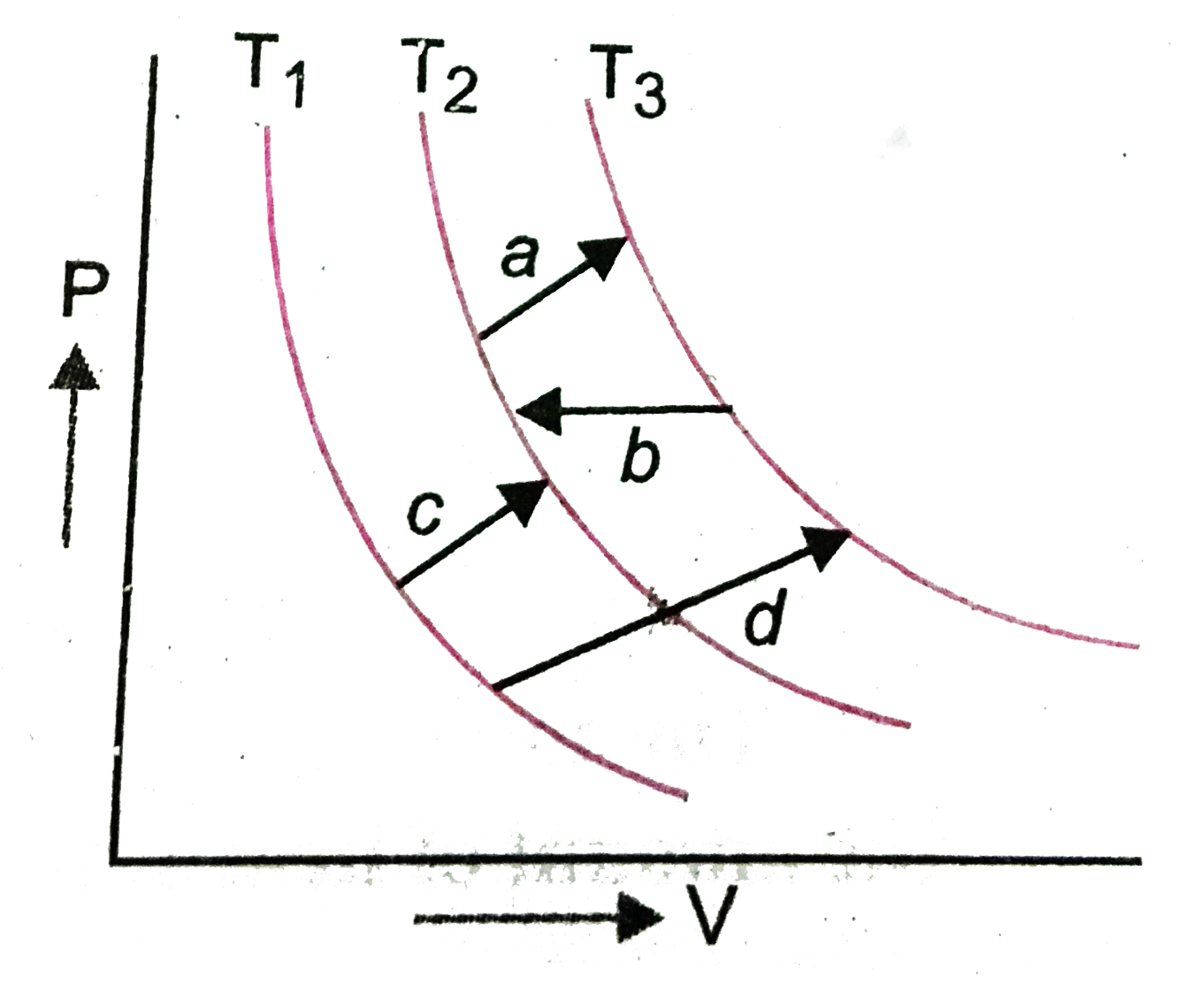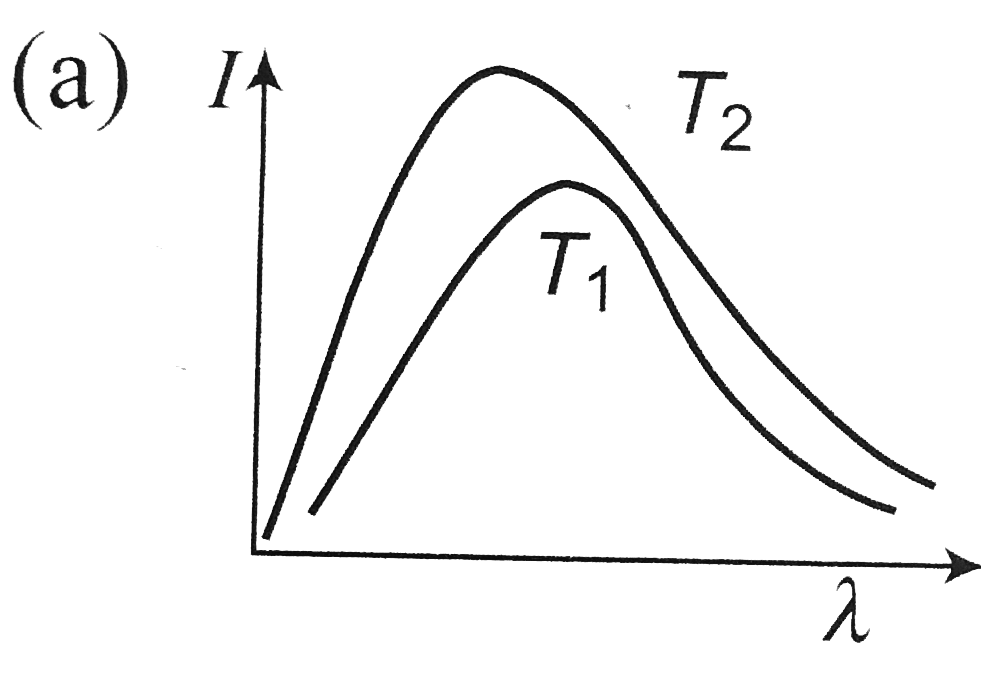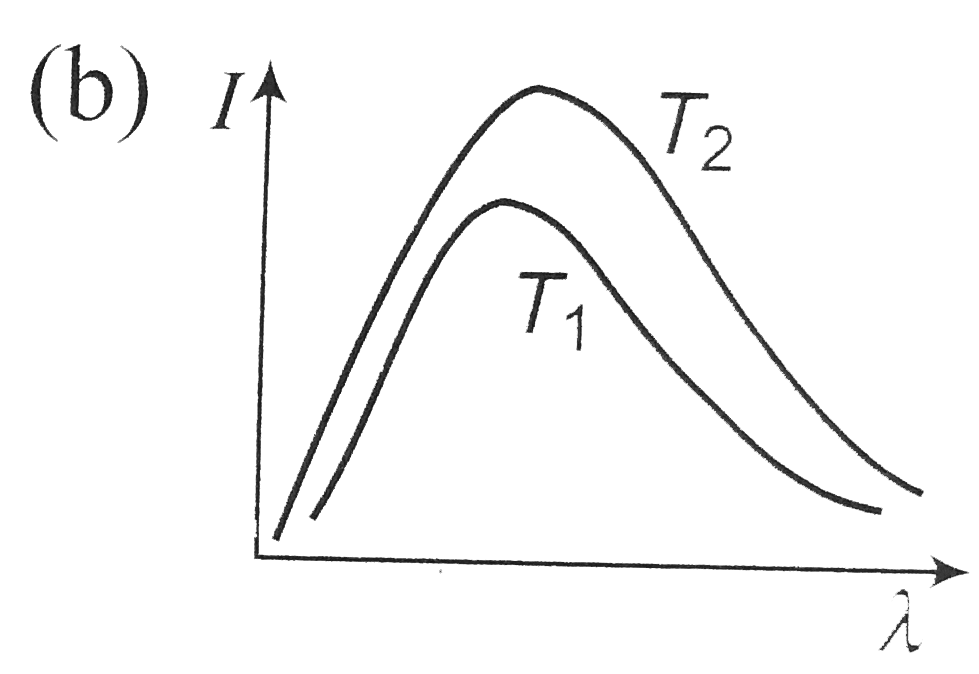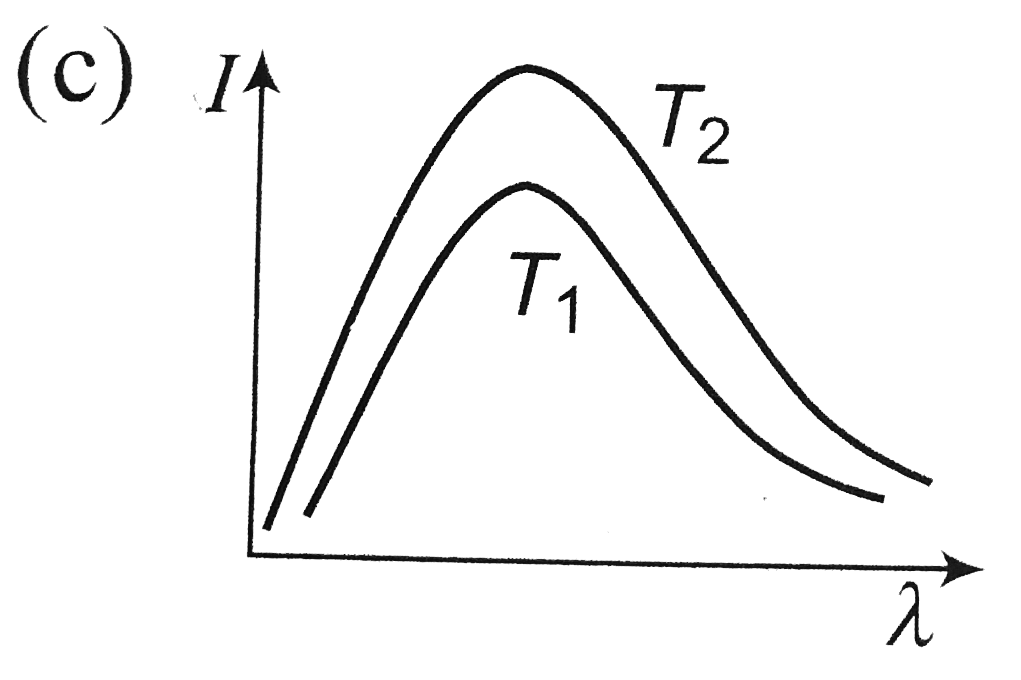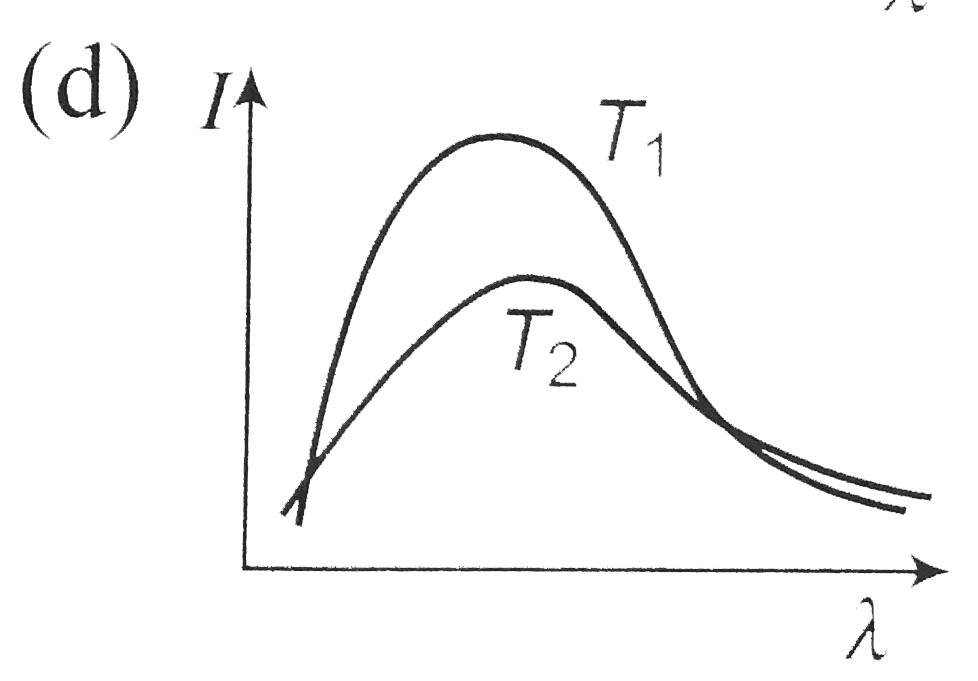Text Solution
Verified by Experts
|
Topper's Solved these Questions
THERMODYNAMICS
PRADEEP|Exercise Value based Questions|4 VideosView PlaylistTHERMODYNAMICS
PRADEEP|Exercise NCERT Questions|10 VideosView PlaylistTHERMODYNAMICS
PRADEEP|Exercise Long answer questions(NCERT)|5 VideosView PlaylistSYSTEMS OF PARTICLES AND ROTATIONAL MOTION
PRADEEP|Exercise Assertion- Reason Type questions|20 VideosView PlaylistWORK, ENERGY AND POWER
PRADEEP|Exercise Assertion-Reason Type Questions|24 VideosView Playlist
Similar Questions
Explore conceptually related problems
Knowledge Check
A
B
C
D
Submit
A
B
C
D
Submit
A
B
C
D
Submit
Similar Questions
Explore conceptually related problems
PRADEEP-THERMODYNAMICS-Higher order thinking skills
- (Figure) Shows three isothermal curves at temp T(1), T(2) and T(3) T...
02:22
|
Playing Now - A sample of 2 kg of monoatomic helium (assumed ideal) is taken through...
08:39
|
Play - Figure. Shows an ideal gas changing its state A to state C by two diff...
03:55
|
Play - Two moles of helium gas undergo a cyclic process as shown in Fig. Assu...
04:45
|
Play - A thermos flask contains coffee. It is shaken vigorously. (i) Has any ...
02:38
|
Play - At 27^@C two moles of an ideal monatomic gas occupy a volume V. The ga...
04:09
|
Play - A sample of an ideal gas is taken through the cyclic process abca . It...
05:11
|
Play - The initial volume of an ideal gas is V(1) and the initial pressure is...
05:20
|
Play - About 0.014 kg nitrogen is enclosed in a vessel at temperature of 27^...
03:01
|
Play
